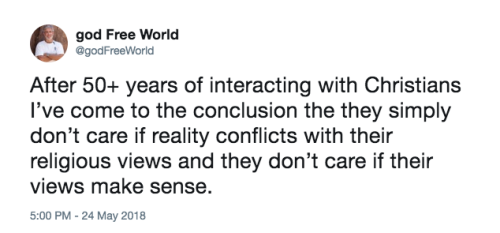
But, when read against her fictions, these "truths" can help us see L'Engle more deeply-what she wanted for herself and for her children, what she believed about good and evil, and what she thought was the right way and the wrong way to be a family-than if she had been able to articulate the truth more directly. Weaving through the documentable facts in these interviews are partial lies, misdirections, and wish-fulfillment fantasies. A consummate storyteller, L'Engle carefully crafted and performed a public self-image via her interviews. L'Engle's books, as well as her life, were often marked by contradictions. At the time of her death, L'Engle was mourned by fans of her children's books and the larger Christian community.

In her sixties, she published personal memoirs and devotional texts that explored her relationship with religion. young and old long after A Wrinkle in Time. Beginning her career as a literary novelist for adults, L'Engle (1918-2007) continued to write fiction for both. However, Madeleine L'Engle's accomplishments as a writer spread far beyond children's literature. Read moreĬonversations with Madeleine L'Engle is the first collection of interviews with the beloved children's book author best known for her 1962 Newbery Award-winning novel, A Wrinkle in Time. This contribution proceeds by taking a look at the country’s history in terms of immigration policy history to shed light on the current underlying discrimination in immigration policy, practices and law. Those bodies and policies can also lead to discrimination against newcomers as a group, or certain sub-groups of newcomers. Could it be that the laws and practices are crafted to cleverly continue with the old agenda of keeping certain types or races of people out of Canada? The Canadian Council for Refugees (2000: 1) observes that racism and discrimination are part of the Canadian reality, manifested at the personal level in the way individuals are treated and manifested at the systemic level, through government bodies and the refugee and immigration policies that have a differential impact on racialized groups. The question that arises at this juncture is why, given all the accolades heaped on Canada, do discriminatory laws and practices persist in the assessment of non-European immigrants’ credentials. This contribution delves into the differential treatment of immigrants from the global south compared to the preferential treatment of English speaking Caucasians from Europe and Oceania. However, there appear to be discriminatory tendencies in its immigration policies, which in the past. For that reason, in 1986, the people of Canada were awarded the Nansen Refugee Award by UNHCR for helping refugees integrate successfully into Canadian society.

Canada has been a haven for refuge seekers from around the world for many years because of its relatively generous immigration rules.


 0 kommentar(er)
0 kommentar(er)
